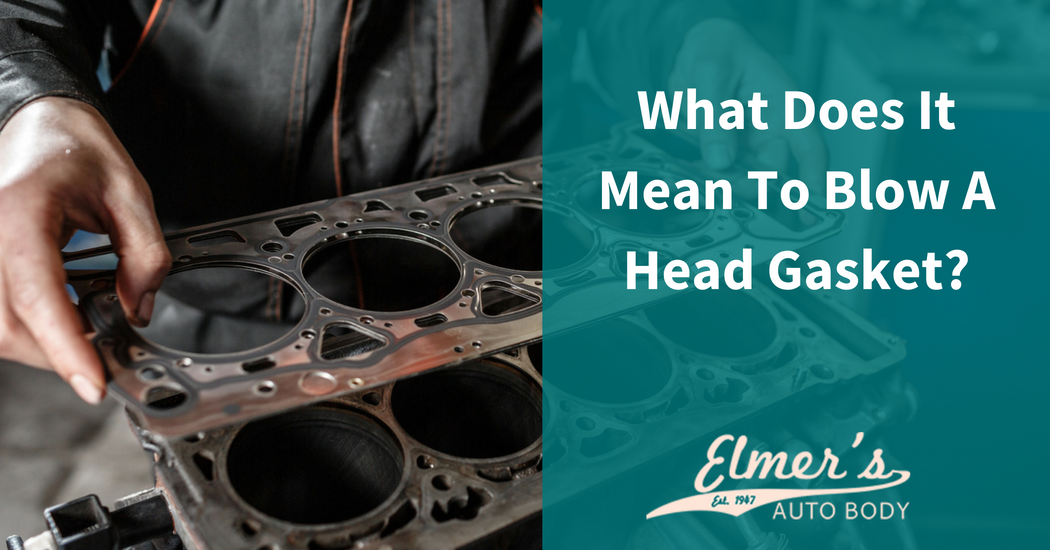Don’t blow a gasket! This is a term everyone is familiar with in the English-speaking world, extending its meaning and ramifications well beyond auto culture by a large factor. But, what exactly does it mean to blow a gasket?
What exactly is a gasket, and what does it do?
The precise purpose and nature of these components, for all their importance and criticality, eludes most people who lack a deeper knowledge of automotive sciences. This is understandable, but this information is probably something everyone who drives a vehicle should actually know.
That in mind, we’re going to take a look at what gaskets are, what they do, and why blowing a head gasket is such a catastrophic issue calling for an immediate resolution. We’ll also look at the obvious symptoms of failed gaskets.
What Are Head Gaskets
Head Gaskets themselves are a ring of belted steel, copper or other durable but flexible metal, coated in rubber or a silica compound of some sort. They’re intended to provide a persistent seal as well provide some padding for higher-impact parts of your vehicle. They can break down due to a number of reasons.
The main thing that kills gaskets is simple, wear and tear. While they have some bounce-back from impact, over time, the silica/rubber coating loses this elasticity and can even wear off. Another common gasket killer is build-up of “crud”.
What Do Head Gaskets Do?
Head gaskets provide critical seals to contain fluids such as oil, coolant, and fuel, as well as to contain the combustion of fuel. They also provide extra padding for cylinders in some engines.
Symptoms of Blown Head Gaskets
If one or more of your head gaskets fails, there are some very detectable symptoms, none of which are good.
- White Exhaust – Exhaust is usually mostly transparent. If there is very visible white smoke exiting the exhaust pipe, it means water and coolant are getting into the ignition chambers. Steam and burning glycol have a very thick, white appearance.
- Overheating – If your engine is consistently overheating, this means you’re losing coolant, which is another substance head gaskets help to contain.
- Visible Coolant Leaks – Coolant can escape beneath the exhaust manifold, and is very visible if it does so.
- Rapidly Diminishing Coolant – Coolant may not visibly leak, due to being evaporated or possibly pooling somewhere. If the coolant is diminishing at an alarming rate, its gasket may be blown.
- Poor Running Engine – If your engine’s performance has suffered a severe drop, this is very likely the primary cause as fuel efficiency has reduced due to the primary cylinder head gaskets being blown.
Prevention not Response
The best way to ensure that these and other gasket-related symptoms do not occur is to avoid overheating your engine. Ensure it’s vented properly and not strained beyond its proper rating by overpowered fuel etc. Heat is the biggest gasket killer, as pointed out previously.
To learn more about the various gaskets and their important functions, fill out the contact form below to stay in the know!

